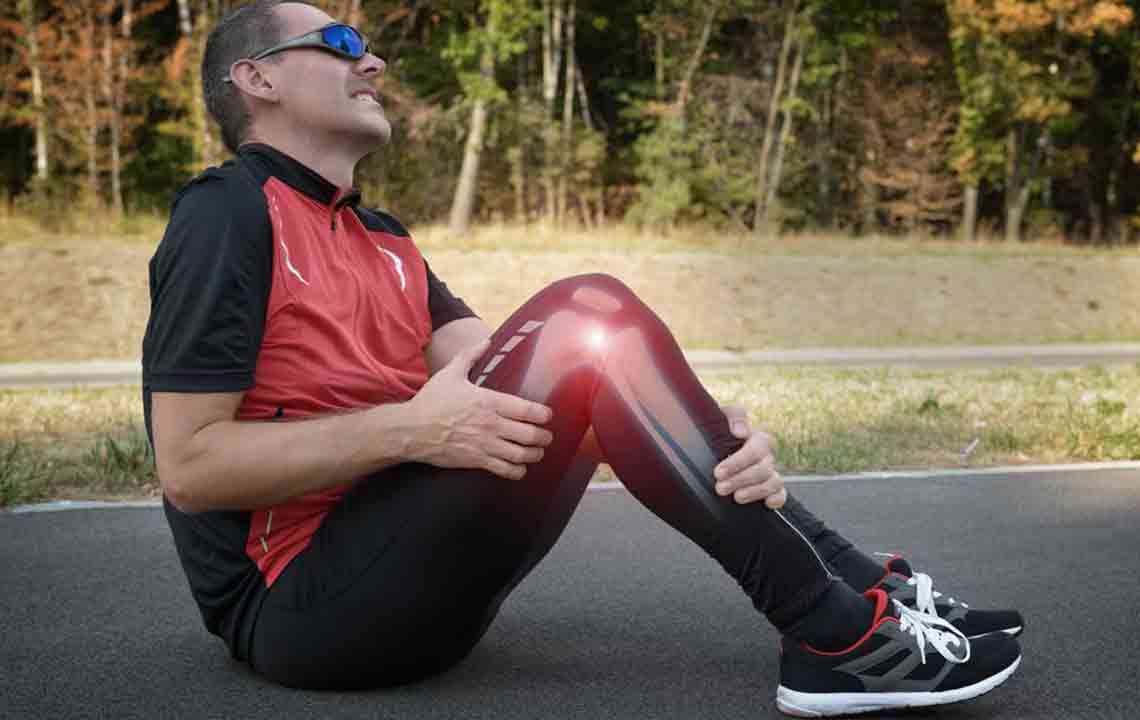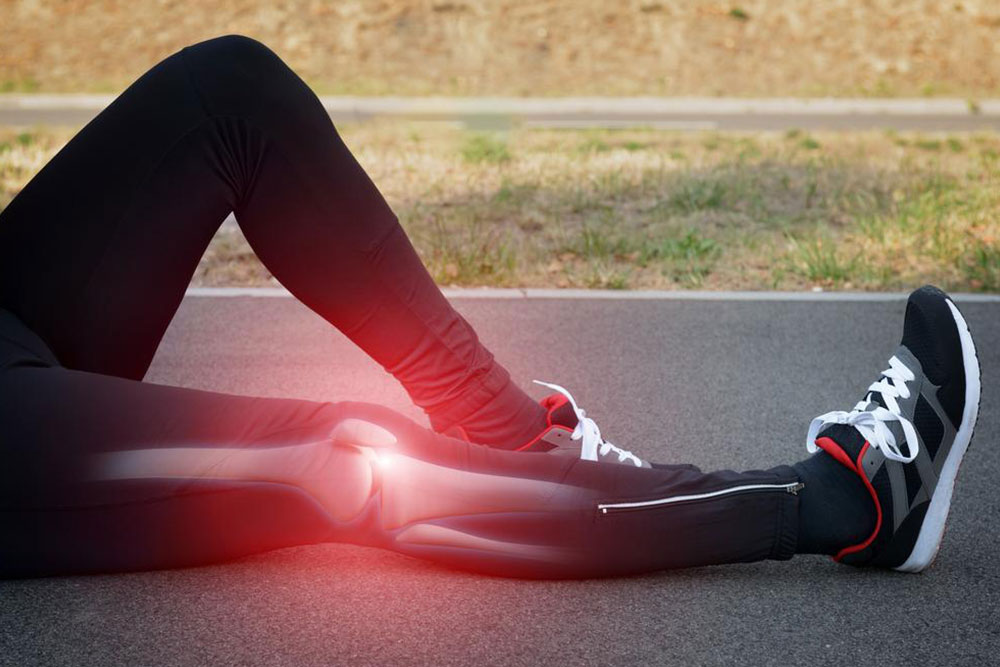Comprehensive Guide to Leg Discomfort: Causes, Symptoms, and Effective Treatments
Leg discomfort varies from minor cramps to serious health conditions. Recognizing symptoms, understanding causes, and seeking timely treatment are essential for maintaining mobility and preventing complications. This comprehensive guide covers common issues such as muscle cramps, injuries, vascular problems, nerve disorders, and structural abnormalities, providing valuable insights to help you manage leg pain effectively and stay active.

Comprehensive Guide to Leg Discomfort: Causes, Symptoms, and Effective Treatments
The legs play a vital role in daily movement and support, carrying the body’s weight and enabling activities such as walking, running, standing, and sitting. The constant mechanical stress and pressure exerted on the lower limbs make them susceptible to various types of discomfort, pain, and medical conditions. Understanding the root causes, recognizing early symptoms, and knowing treatment options are essential for maintaining leg health and overall mobility.
Many individuals experience leg pain at some point, which can affect daily routines and quality of life. While minor discomfort may resolve spontaneously or with simple care, persistent or severe symptoms require medical attention. This comprehensive guide explores the common symptoms, causes, and treatment methods for leg discomfort, helping you identify warning signs and seek appropriate care promptly.
Leg discomfort manifests in various ways, including weakness, numbness, persistent cramps, throbbing sensations, aching, and tingling. These symptoms can stem from minor injuries, muscle strains, or more serious medical conditions such as vascular issues or nerve damage. Being able to differentiate symptoms can facilitate early diagnosis and effective treatment.
Common Causes of Leg Discomfort
Leg pain often originates from temporary, benign issues that resolve with rest or minor interventions. Recognizing these common causes helps in managing discomfort effectively and avoiding unnecessary worry.
Muscle Cramps
Sudden, intense contractions of the leg muscles, often described as cramps, are a frequent cause of discomfort. They typically occur during or after physical activity and may be linked to dehydration, electrolyte imbalances, or muscle fatigue. Most cramps are transient and alleviated through gentle stretching, hydration, or massaging the affected area.
Injuries and Overuse
Trauma from accidents, falls, or overexertion can lead to strains, sprains, or fractures in the legs. Overuse injuries, such as shin splints or tendinitis, often develop from repetitive activity or improper training. Conditions like bursitis or muscle overexertion can cause localized inflammation and pain. Rest, ice application, and proper rehabilitation are essential for recovery.
Serious Medical Conditions
Persistent, severe, or recurring leg pain may indicate underlying health issues that require medical intervention. Some notable medical conditions include:
Peripheral Vascular Disease (PVD): Narrowing or blockages in blood vessels reduce circulation, leading to pain, especially during activity.
Deep Vein Thrombosis (DVT): Blood clots forming in deep leg veins pose significant health risks and require immediate medical attention due to the potential for pulmonary embolism.
Sciatica: Compression or irritation of the sciatic nerve causes radiating pain along the leg, often accompanied by numbness or tingling.
Flat Feet: Structural abnormalities of the foot can alter gait and cause leg strain and discomfort.
Multiple Sclerosis (MS): An autoimmune disorder affecting nerve impulses can lead to muscle weakness, spasms, and leg pain.
Varicose Veins: Enlarged, twisted veins in the legs can cause aching, heaviness, and swelling.
If you experience persistent or worsening symptoms, consulting a healthcare professional for thorough evaluation is essential. Early diagnosis and treatment can prevent complications and promote effective recovery. The lower limbs are subjected to ongoing stress, and proactive health management is key to maintaining mobility and overall well-being.





